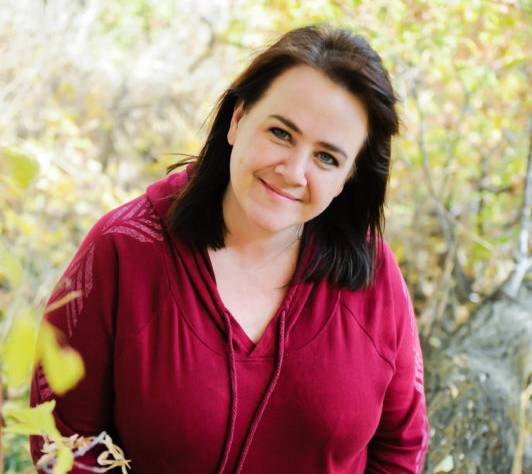A beginning, a middle, and an end. This seems obvious that all stories are made up of these three parts. It is fundamental though to structuring even the most complex stories. Keeping this in mind can help you manage many different plots lines, character arcs and the overall story. I use this basic model as a revision tool, a generator tool, and even a reading and evaluating tool. Let’s look at each one of these parts and the job they can do for writers.
What is a Beginning?
The beginning introduces the information necessary for the story to take off in a particular direction. It guides the reader; it sets their feet on a particular path. Imagine standing before many different paths and each path will lead to the ocean, but the journey to get there is unique to each path. One path goes through a forest on a bike trail, another one is through the city in a taxi, while yet another is walking over hills and through valleys. The beginning of your story decides which path the reader will take to get to the ocean. This is important to know as it will determine the entire middle section of your story. The beginning refines and focuses the story into a single narration. It introduces, setting, character, motivation and the inciting event that tells the reader there is more to come and to keep turning the page.
The Sagging Middle
The excitement of the beginning is over. The thrill of the hook is past. Now comes the workhorse of the story, the middle. This is where the action must gain momentum and events must be connected to each other in a logical way. Surprisingly often though, the middle part of the story is neglected and tends to be given far less attention than beginnings and endings. Think of the beginning and the ending as the anchors of a bridge. The middle is the structure that takes you across the water without getting wet. If the middle is sagging it will pull unnecessarily on the beginning and the ending. In short it will be unstable and will possibly collapse before your reader can reach the other side. A good strong middle, (a logical sequence of cause-and-effect events) suspended by powerful cables (plot and action) and supported by underwater piers (relatable characters) creates the perfect structure for a sound and useful story that will carry readers across the way.
Satisfying Endings
Endings are notorious for being difficult and slippery things. If the middle isn’t strong and hasn’t got enough reinforcements the ending might not land the way it should. It must conclude, settle, finalize, and resolve. The ending of a story should close any open loops and satisfy the curiosity that the opening has incited. The ending ties all the parts together and creates the final cohesion that leaves readers sighing with contentment. But not all endings are meant to satisfy the reader. Some remain open ended and inspire further thought and discussion, but they must not leave too much unanswered. Your ending is a destination, and the path needs to follow the action to a logical conclusion. Endings can be the surprise of a plot twist, sad, or dark, depict dramatic change/epiphany, be happily ever after and so on. But each ending brings the reader to an arrival point. Only you the writer can decide where you want your readers to arrive. The ending is a goodbye of sorts and there are many ways to say goodbye but parting with each other is the always the result.
I use this three-part model when drafting an outline, revising a chapter, stepping back to assess an entire book. I consider it when writing an email and even this newsletter is made up of a beginning, middle and end. While there is much more to say on this topic, this is where I sign off. Goodbye!

